The proposed 90,000 sq ft addition would replace the existing East Wing and is intended to increase capacity for state events
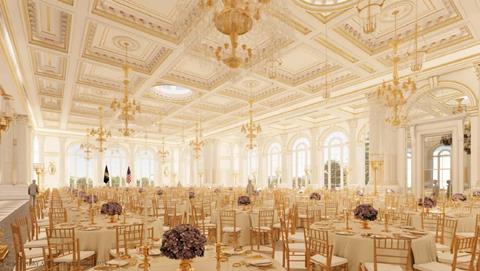
The Trump administration has announced plans for a major new addition to the White House complex, a 90,000sq ft state ballroom intended to host large-scale events and official functions. Washington DC-based McCrery Architects has been appointed as lead architect, with engineering firm AECOM also on the team.
The project, scheduled to begin in September 2025, is described by the White House as a response to long-standing constraints on the building’s capacity to host large-scale events. The new facility is intended to seat 650 guests, significantly exceeding the 200-person seated capacity of the existing East Room.
The proposed site is the current East Wing, a structure substantially altered since its original construction in 1902. The design is intended to complement the neoclassical character of the existing complex, originally designed by Irishman James Hoban in the late eighteenth-century.
Jim McCrery, CEO of McCrery Architects, said: “Presidents in the modern era have faced challenges hosting major events at the White House because it has been untouched since President Harry Truman. I am honored that President Trump has entrusted me to help bring this beautiful and necessary renovation to The People’s House, while preserving the elegance of its classical design and historical importance.”
McCrery Architects is a Washington DC-based practice specialising in classical and traditional architecture, particularly in civic and ecclesiastical projects. Its portfolio includes several Catholic churches.
The Trump administration stated that the estimated $200 million cost will be funded through private donations.
The proposed ballroom addition marks one of the most significant architectural changes to the White House complex since the Truman-era reconstruction of the main residence between 1949 and 1952. The East Wing has no protected status equivalent to the Executive Residence.
The East Wing has evolved over time to serve multiple functions, including as the primary office space for the First Lady and her staff. The administration has not disclosed whether Melania Trump, who studied architecture briefly before pursuing a modelling career, has been involved in or expressed any views on the proposed changes.
The proposed expansion comes against the backdrop of ongoing policy efforts by the Trump administration to promote classical and traditional styles in federal architecture. In January 2025, President Trump reinstated his earlier executive order Promoting Beautiful Federal Civic Architecture, originally issued in 2020. The memorandum requires new federal buildings to be “visually identifiable as civic buildings” and reflect “regional, traditional, and classical architectural heritage.”
The American Institute of Architects (AIA) has stated that “mandating architecture styles stifles innovation and harms local communities.”
Donald Trump, a property developer by background, is known for a distinctive personal taste that favours opulence and gilded classicism, exemplified by the interiors of his Trump Tower penthouse in New York and the Mar-a-Lago resort in Florida, which now also serves as his primary residence.
According to the White House chief of staff, Susie Wiles, “President Trump is a builder at heart and has an extraordinary eye for detail. The President and the Trump White House are fully committed to working with the appropriate organisations to preserving the special history of the White House while building a beautiful ballroom that can be enjoyed by future administrations and generations of Americans to come.”
His presidency has often blurred the lines between real estate and politics, with critics noting a tendency to conflate the two. In a recent statement, Trump suggested Gaza could be rebuilt as a real estate investment opportunity, prompting widespread debate over the appropriateness of applying a commercial lens to post-conflict reconstruction.
The administration has stated that it intends for the project to be completed within President Trump’s current term.
>> Also read: Trump issues order to make America classical again
>> Also read: Biden signals intent to make America modernist again





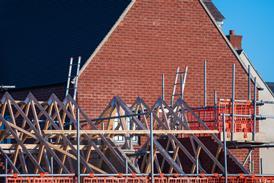



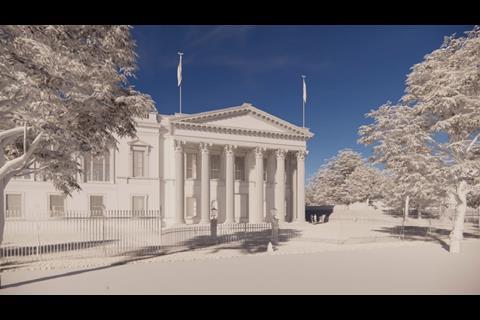
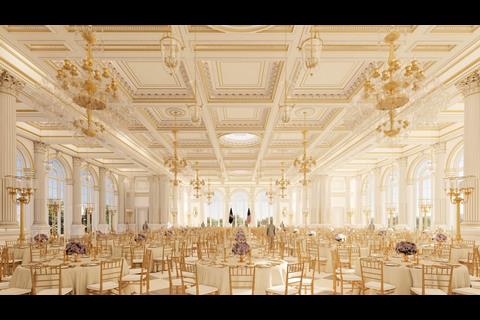
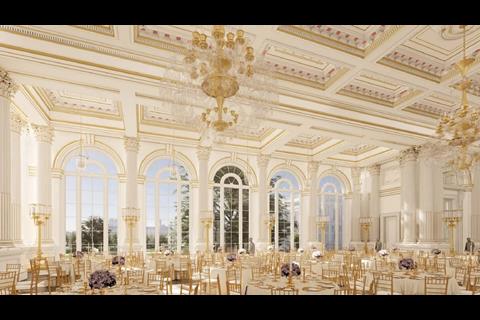



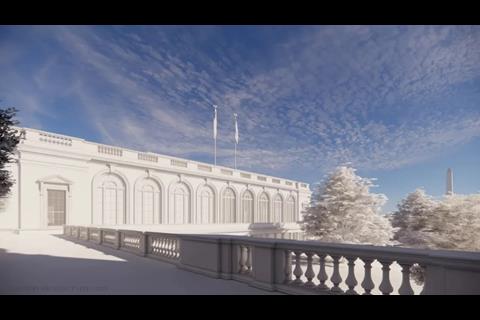
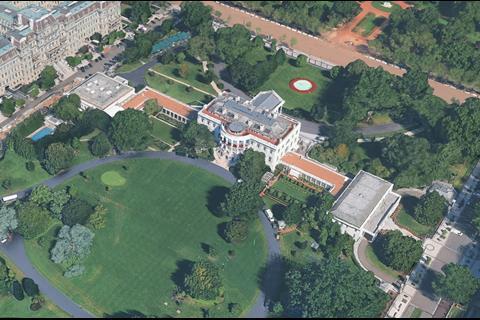








1 Readers' comment